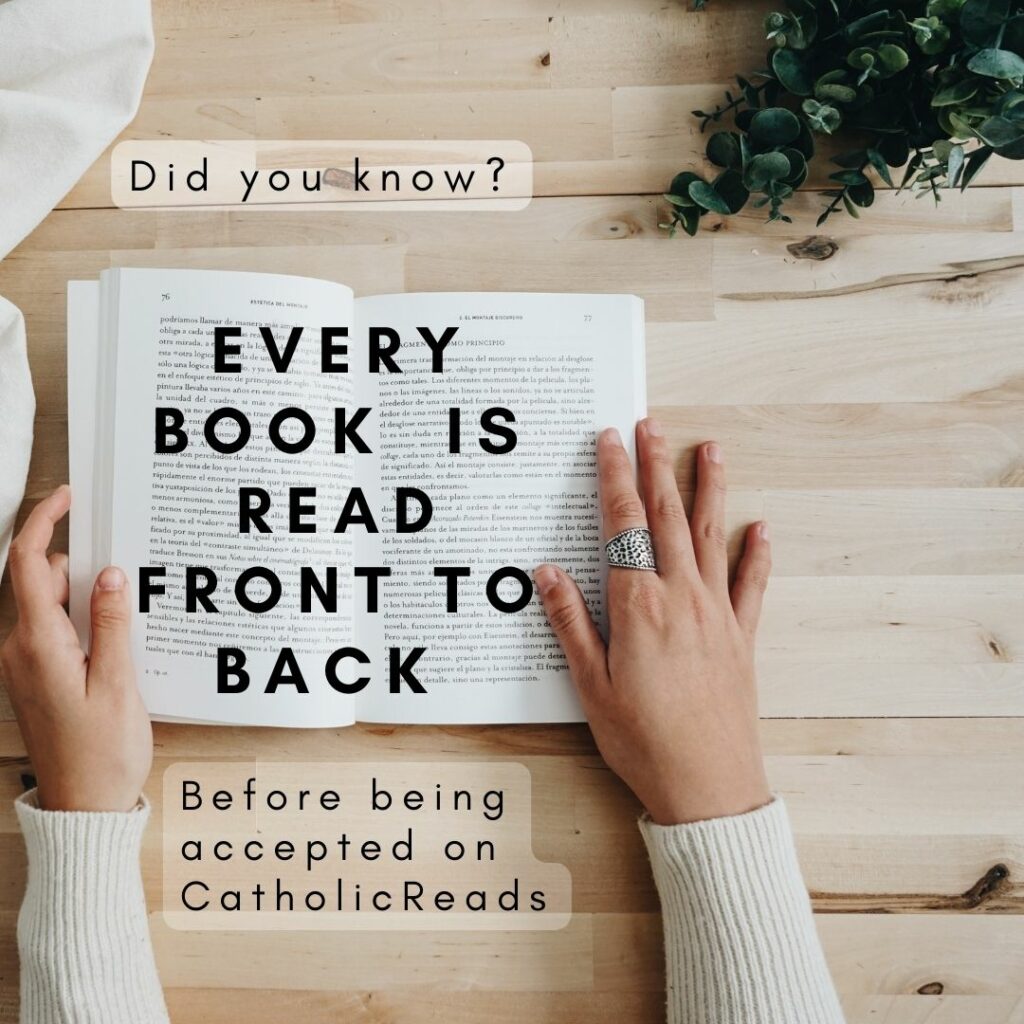The Poppy and The Rose by Ashlee Cowles
Synopsis:
1912: Ava Knight, a teen heiress, boards the Titanic to escape the shadow of her unstable mother and to fulfill her dream of becoming a photographer in New York. During the journey she meets three people who will change her life: a handsome sailor, a soldier in the secret Black Hand society that will trigger World War I, and a woman with clairvoyant abilities. When disaster strikes the ship, family betrayals come to light.
2010: When Taylor Romano arrives in Oxford for a summer journalism program, something feels off. Not only is she greeted by a young, Rolls Royce-driving chauffeur, but he invites her to tea with Lady Mae Knight of Meadowbrook Manor, an old house with a cursed history going back to the days of Henry VIII. Lady Knight seems to know a strange amount about Taylor and her family problems, but before Taylor can learn more, the elderly woman dies, leaving as the only clue an old diary. With the help of the diary, a brooding chauffeur, and some historical sleuthing, Taylor must uncover the link between Ava’s past and her own….
- Where did the inspiration for this novel come from?
There are so many sources of inspiration! In a way, TP&TR is a collection of all the literary elements I adore — historical fiction, a mysterious family with intergenerational baggage, an atmospheric setting abroad. I never set out to write three YA novels about contemporary teens (I’ve always wanted to write historical fiction), but I don’t think it’s a coincidence that my YA protagonists are modern people who all encounter the past in some way. I’m sure that has a lot to do with living overseas surrounded by history when I was a young adult, but also with being Catholic and knowing how powerful it is to realize there is a long tradition, a heritage, that existed before you and that you’re a part of.
As far as actually deciding to write this particular story (one of my very first manuscripts)–I visited the Molly Brown House Museum in Denver and bought a biography of “Maggie” Brown (she never went by Molly), and that sparked the idea. She was such a fascinating person, even beyond sailing the Titanic. After learning more about her, I knew I had to write a novel featuring Mrs. Brown as a character. And, of course, I was also obsessed with James Cameron’s Titanic as a teen.
Subscribe to Our Weekly Newsletter & Get Catholic Books 50% off to FREE
- What’s the significance of the title?
I’ve received this question a lot! The Poppy and The Rose wasn’t the original title but is the result of a brainstorming session with my wonderful agent, Shannon Hassan. I certainly didn’t set out to write a story that intentionally used poppies and roses as symbols all over the place, but it’s one of those weird, unconscious writing things where that’s just how it turned out! And once we noticed that the story frequently referenced these flowers, we thought a title incorporating those symbols would be compelling and mysterious — do they represent the two girls, the two time periods, the two mothers? I’ll let readers decide!
- How many times did you watch Titanic? Be honest!
Oh man, more times than I can count! It definitely had an impact on me as a teen. The movie came out the summer before I started high school. My family had just moved overseas to a U.S. army post in Germany and I had no friends since school hadn’t started yet, so all summer long, my little sister and I used to walk from our apartment (which was built during WWII, located on the top floor, and had no AC) to the movie theater on post, where we could escape the summer heat and watch Titanic for only a few dollars. So we did–at least a dozen times!
That brings up one of the challenges of writing a novel about the Titanic. Since there are only so many characters and places on the ship that you can write about, the iconic scenes from the 1998 Titanic film are often what comes to mind when people picture Margaret Brown or the Grand Staircase, so I tried to include new details that would hopefully provide a fresh take (plus there’s the whole alternate history/supernatural element that is entirely fictional!). I also wanted to write a different kind of upperclass heroine. Now, I love the feisty Rose Dawson, but I also think the “throw off the demands of society, strike out on your own, and leave everything behind for the sake of true love” type of heroine has become a little tired and cliche. So while my Titanic heroine, Ava, longs for similar things (like her independence), what the sinking teaches her is that she is part of a Story much larger than her own small story, and a big part of “growing up” is realizing that you can’t just deny or abandon all the people and forces that formed you. They’re a part of who we are regardless, and we all have responsibilities to others, which we must balance with our own personal ambitions.
- What were some other things you researched as part of writing this book?
I read a lot of books about Titanic so I could include lesser-known historical characters and details about the sinking. I also read a lot about World War I, the weird methods behind the excavation of Glastonbury Abbey, and Jungian psychology! Quite a mash-up, but I love the research process and it is a big part of why I enjoy writing stories set in the past or in foreign countries.
- Which character(s) do you relate to the most?
I’m not sure if I relate to them the most, but I really loved writing the secondary characters William Stead and Margaret Brown. They were both such eccentric characters who lived adventurous, fascinating lives — and not just on Titanic.
Subscribe to Our Weekly Newsletter & Get Catholic Books 50% off to FREE
- What do you think is particularly Catholic about this book?
The book may not feel “Catholic” in an overt way to most people, though several key historical people on the Titanic–Father Francis Browne and Margaret Tobin Brown, for example–were Catholics (you can learn more about the lesser-known Titanic characters in my novel here). It’s really the story’s themes that feel most Catholic to me, some of which were influenced by the poetry of T.S. Eliot (not a Roman Catholic, but an Anglo-Catholic). For instance, there’s the classic Gothic theme about the catastrophes that tend to result when prideful human beings try to “play God” by going to extremes in their efforts to manipulate the world through technology, science, or the spiritual realm, whether that’s by arrogantly declaring a ship “unsinkable” or by trying to predict the future and use that knowledge for personal gain…or, you know, to start a revolution that sparks a world war. 😉
My favorite theme of the story, which is also, I believe, its most Catholic element, is the whole idea of “timeless moments”–that notion that there are certain moments in our lives where time seems to stop and we can sense eternity “breaking in.” It’s a difficult experience to describe but many people seem to know it as a deep longing, a homesickness, or what C.S. Lewis called being “surprised by joy.” This, I think, is what it means for our “restless hearts” to desire God. It’s also related to the idea that memory is really, really important, especially for a Christian. It isn’t simply about remembering the past so we can learn valuable lessons from it–the word “remember” is actually re-member, “to put back together,” which suggests that remembering is often how we find healing. That’s definitely the case for both of my heroines in TP&TR. And that’s also what we believe as Catholics, isn’t it? “Do this in remembrance of me” isn’t just a pretty phrase to go with a nice symbolic act – we believe that in the Eucharist eternity literally breaks into time; it is the ultimate Timeless Moment! And when we remember it, we are being healed, “put back together,” and transformed.
- What are you hoping readers will get out of reading this?
On one level, I hope readers will simply enjoy a mysterious, page-turning story that is hopefully entertaining and provides an escape to another place and time. We could all use a little imaginary traveling at the moment! At the same time, I hope some of the deeper themes I’ve mentioned will stick with readers, too. I first started writing this novel almost a decade ago, and it’s amazing to me how relevant many of the perennial questions the Titanic raises feel to right now as we find ourselves in the grip of a “force of nature” we can’t quite control, while also struggling to determine if it’s even possible to change society for the better unless we are each, simultaneously, confronting the darkness within and changing as individuals, heart by heart. So in short, I hope The Poppy and The Rose provides a thrilling read that also makes readers think and feel long after the story ends!



